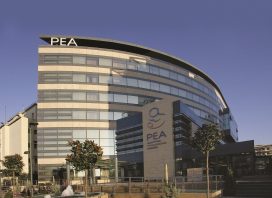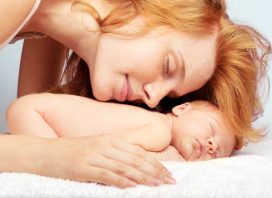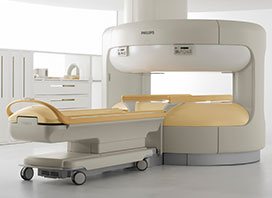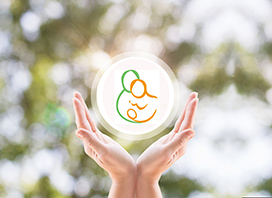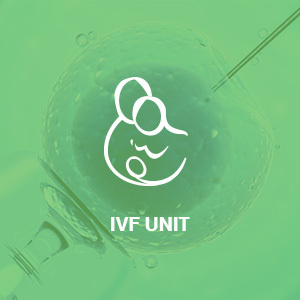OPTIONAL NEWBORN SCREENING TESTS
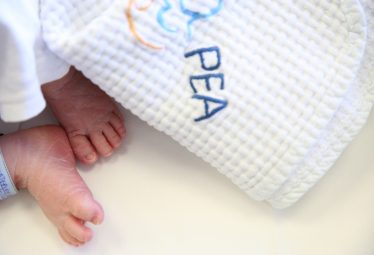
Screening for Metabolic Diseases
Screening for Metabolic Diseases is a blood test based on Tandem MS (mass spectrometry) technology and allows the rapid detection of many metabolic diseases at the same time. It assists in the early diagnosis of pre-symptomatic neonates and hence in rapid treatment. It also detects carriers of diseases, who will never manifest the disease but can transmit it to their offspring.
For more information on screening for metabolic diseases click here
Orthopedic Examination
The orthopedic examination of the newborn is intended to check the integrity of the musculoskeletal system and detect any deformation that the baby's skeleton may have.
The diseases related to the skeleton of the newborn, often cannot be detected in the prenatal screening. Some of these are neonatal kyphosis and neonatal scoliosis in the spine, polydactyly (fingers above) or syndactyly (jointed fingers) in the upper limbs, conjunctions, that is, bones that are joined rather than separated.
In the lower extremities, we look for foot-limb disorders such as bowleg, hip dysplasia, and so on. Finally, in some cases the baby may have bone fractures that should be treated immediately.
Early diagnosis during the first months of life leads to a more effective treatment of the condition, thanks to the fetal anatomical structures of the newborn. Most orthopedic problems are easily diagnosed when they are diagnosed immediately, either with special exercises or with a simple gypsum. On the contrary, an orthopedic condition that is not detected in time can then lead later on to the child undergoing surgery.
Hearing Screening
Neonatal hearing screening is a proactive procedure for the newborn during the first few days after birth. If a hearing problem is diagnosed, further testing is needed to be done with more detailed methods. Hearing loss diagnosis at neonatal age is important in order to make the necessary interventions in time and not to lose valuable time while the child develops speech. Globally, about 2-3 newborns out of 1,000 are born with a problem in their hearing.
Hearing screening is considered to be extremely reliable and is carried out using a special device (urethane emission). It lasts only a few minutes while it is painless and harmless. The presence of urethane emission is an indication, but not evidence of normal hearing. In the event of a failure to detect auditory broadcasts, the next step isto refer to a special center for more specialized hearing screening.
Universal neonatal hearing control programs are applied in dozens of countries abroad, while the directive of the World Health Organization is that hearing screening is completed in all infants until the age of three months.
Ophthalmologic screening
The first ophthalmologic test should be done right after birth, so the newborn is still in the maternity ward. The pediatrician performs a general overview of the eyes (eyelid, bulb, pink pupilary, fossil), and if there is any deviation from normal or if newborns are of high risk (prematurity, family history of retinoblastoma, congenital cataract, congenital glaucoma), a detailed ophthalmologic examination by a pediatric ophthalmologist will be requested.


